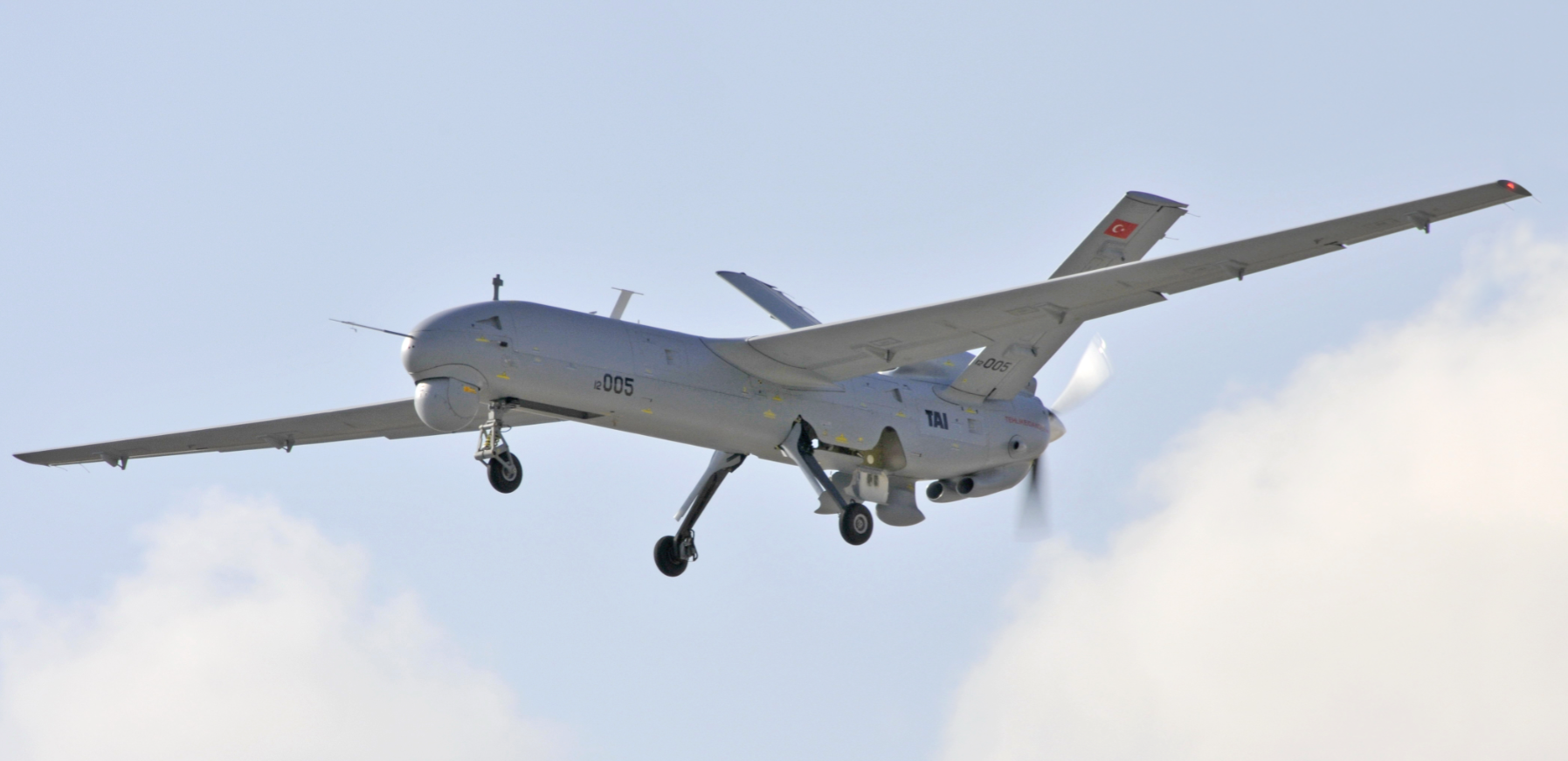2699Views 0Comments

Profile: Denel Cheetah Counter-Rocket, Artillery & Mortar System
In September 2016, Denel Dynamics announced that it has been developing the Cheetah, a Counter-Rocket, Artillery and Mortar (C-RAM) missile. The Cheetah C-RAM is a joint program between Denel Dynamics, Rheinmetall Denel Munition (RDM) and Rheinmetall Air Defence. The Cheetah is being planned as a low-cost radar-guided missile that will be paired with the Oerlikon Skyshield Very Short-Range Air Defence (VSHORAD) system in use with the South African National Defence Forces (SANDF).
The Cheetah C-RAM is being envisaged as a means to help SANDF peacekeepers protect themselves from rebel or insurgent rocket and mortar strikes. Speaking to defenceWeb, Denel Dynamics’ Chief Designer Dr. Gerrit Viljoen listed the realities faced by United Nations Peacekeepers in areas such as the Democratic Republic of the Congo (DRC), where documented mortar strikes – especially from built-up areas – are a challenge to intercept and resolve (without putting civilians at risk). With the Cheetah, Denel Group hopes to at least alleviate the issue of intercepting rocket and mortar strikes.
According to Dr. Viljoen, the first Cheetah technical demonstrator is expected to come to fruition within three years, after which the C-RAM system could proceed to “full-scale development and production.” The Cheetah missile will have a range of 6 km. Denel Dynamics is planning to offer vertical launch system (VLS) launchers with as many as 60 silos. RDM will be responsible for providing the rocket motor, warhead, and safety/arming mechanism (Engineering News). The Cheetah is reportedly garnering interest from a number of prospective customers in the Middle East.
Parallels have been drawn with the Israeli Iron Dome system, which uses the Tamir radar-guided missile (17 km range). The underlying concept is the same, but Denel’s activities could broaden the market scope by making such a system accessible to prospective buyers in the Middle East. With Saudi Arabia and the United Arab Emirates embroiled in fighters against Houthi factions and al-Qaeda in Yemen, respectively, it is not difficult to see how or why the Cheetah C-RAM would draw interest.
Ultimately, the C-RAM would be intercepting unsophisticated (read: low-cost) rockets and mortar shells, and missiles in the cost range of $250,000+ will make the system untenable (beyond defending high-value locations and facilities). Denel Dynamics and RDM could accrue cost savings by drawing upon each of their existing technology portfolios. For example, the two companies should have sufficient rocket solutions via older programs (e.g. Ingwe, Mongoose, etc).
It is unlikely that the Cheetah – and other C-RAM systems – will be able to defend against saturated strikes from fully equipped and well-provisioned armies, but offering a protective layer in low-intensity combat environments (e.g. counterinsurgency) could be a point-of-entry for the Cheetah. It is too early to cast judgment on the Cheetah since it is in an early stage of development (with its technical demonstrator due in three years). That said, managing the cost of the Cheetah missile could be a challenge.


